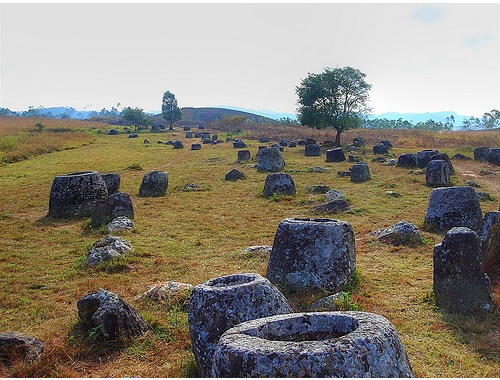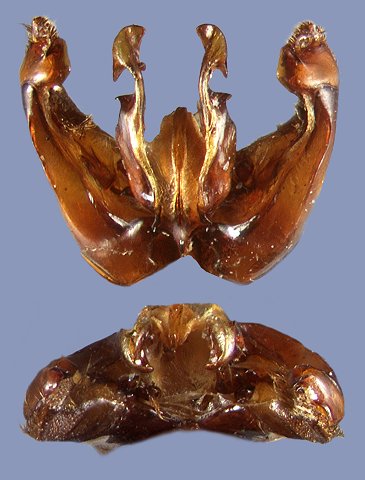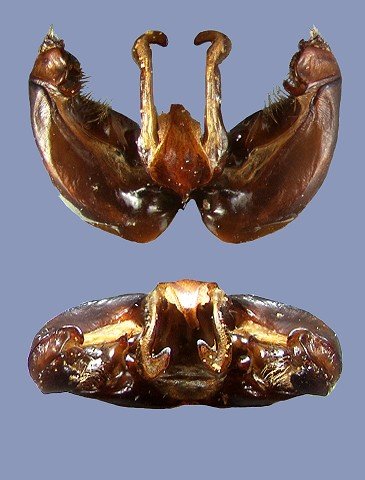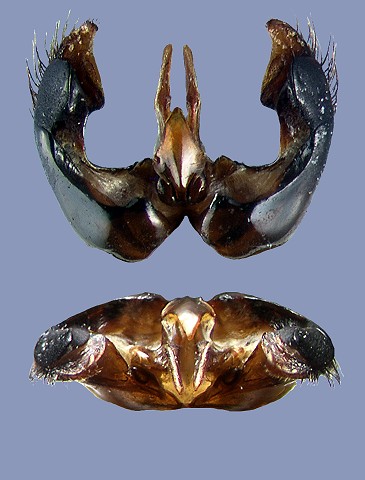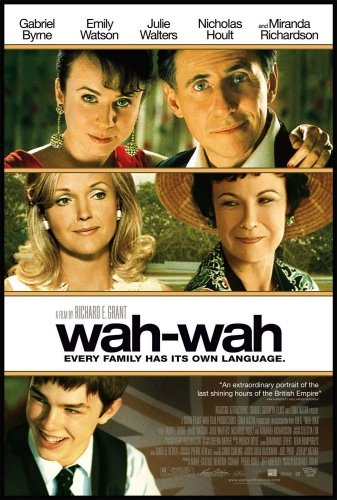I was originally considering Yemen: Travels in Dictionary Land* as my book from Yemen for the Read The World challenge, but I’ve tracked down a novel by an actual Yemeni writer which is available in English⁑, so I’ll read that at some stage. I still wanted to read Travels in Dictionary Land, though, because I very much enjoyed Mackintosh-Smith’s two books† following in the footsteps of the medieval Arab traveller Ibn Battutah.
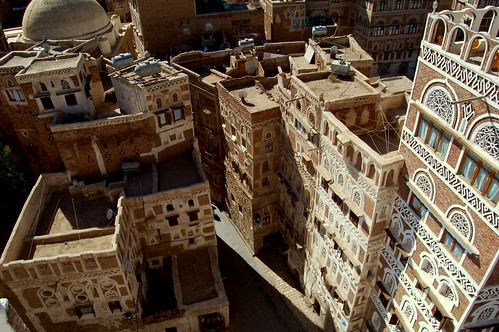
I’m not quite sure how long Mackintosh-Smith had lived in Yemen when this book was published 10 years ago, but he still lives there; he is clearly deeply engaged with Arab culture, history and language generally and Yemen in particular — in fact, living in San’a and chewing qat, I think in the terminology of the Empire they would have said he has gone native — and the book mixes what you might call straight travel writing with historical context and snippets of literature and mythology.
I think it’s easiest to just quote a couple of passages.
Very occasionally they [scorpions] are found in bunches of qat. Once, a baby one walked out of my bundle and across my lap, and disappeared among the leavings in the the middle of the room. I have never seen qat-chewers move faster. Another creature that sometimes pops up in qat is the fukhakh, the hisser — the Yemeni name for the chameleon. Its blood taken externally is a cure for baldness, but its breath makes your teeth fall out.. The gecko too is often killed, as it eats the remains of food from around your mouth as you sleep, pisses and gives you spots. Despite this I have been attached to several that have grown up in my house as they are clever flycatchers and converse, like the Hottentots, in clicks.
Or, in a bar in Aden:
Then the band broke into a sort of Egyptian glam-rock number and, unexpectedly, the floor filled with young men dressed in Paisley pattern shirts and pleated trousers. The number of pleats seemed to reflect their prowess at dancing. One particularly energetic youth — a twenty-pleater — shone out: his pelvis was articulated in extraordinary places, and spurts of sweat shot from his forehead. These were the mutamaykalin, the Michaelesques — the fans of Michael Jackson.
So, generally speaking, enjoyable stuff. Some of the political/history passages are less gripping than the travel anecdotes, but at least I now know a lot more about Yemen.
* sold under the title Yemen: The Unknown Arabia in the US.
⁑ The Hostage, by Zayd Mutee‘ Dammaj.
† Travels with a Tangerine and The Hall of a Thousand Columns.
» The photo of Sana’a old town in Yemen is © eesti and used under a CC by-nc-nd licence.
